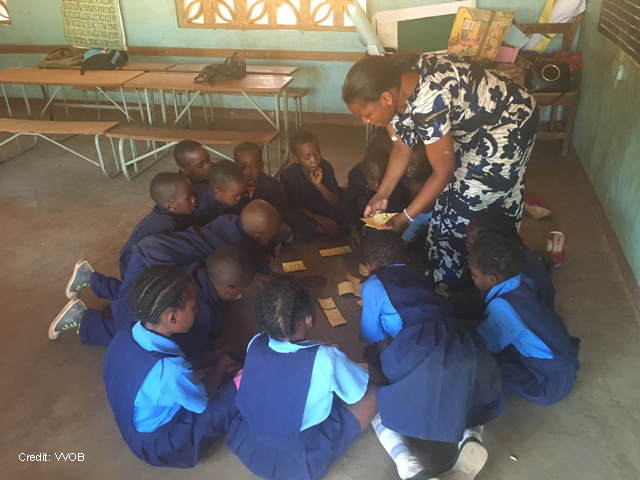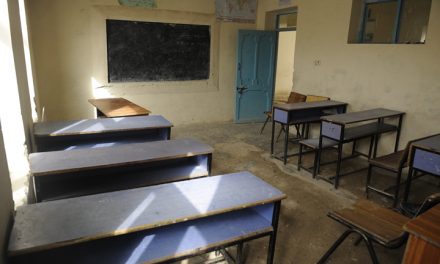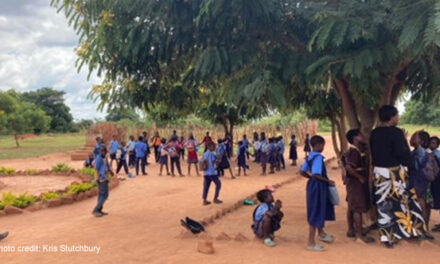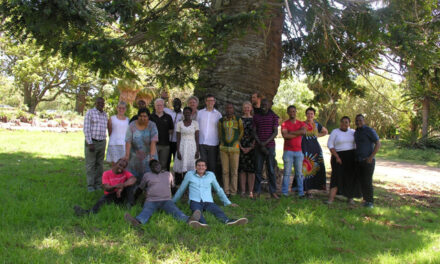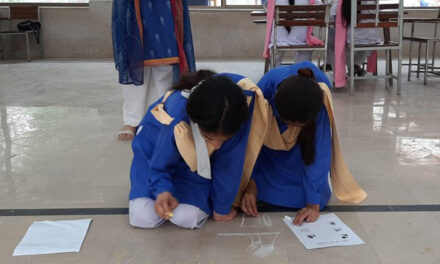This blog was written by Anna C. Murru, Partnership Manager at VVOB and based in Lusaka, Zambia, in the run-up to her participation at the UKFIET conference’s symposium titled ‘Beyond the frontline: strengthening instructional leadership and agency at the middle tier’ (15 September, 2:15 pm BST) with partners IIEP UNESCO, Insights of Education, Education Development Trust, STiR Education, University of Toronto and RISE. Find out more about VVOB’s contributions to UKFIET here. The blog was originally published on the VVOB website on 7 September 2021.
The Teaching at the Right Level methodology is set to reach 2,890 schools in Zambia nationwide through the VVOB x TaRL Africa Catch Up project, but not without the full engagement and ownership of the Ministry of General Education at every level; and in every phase.
Our Catch Up project is an example of how capacity development approaches can be used to leverage long-lasting change within existing education systems, across all levels.
But before we talk more about how we go about this, let’s delve a little deeper into the project at hand.
Catch Up is a contextualised version of the evidence-based methodology Teaching at the Right Level (TaRL) in Zambia, an approach devised by Indian NGO Pratham and rigorously evaluated over time through randomised control trials by J-PAL. In 2019, the two organisations formalised their partnership in Africa through the establishment of Teaching at the Right Level Africa, VVOB’s close partner in the Catch Up project.
You can read more about the impressive results achieved in Zambia by Catch Up with TaRL in VVOB’s Curbing the learning crisis: Zambia’s Catch Up programme shows it’s possible (“Between January and July of 2019, the share of students able to read a simple paragraph and able to do subtraction increased with 21 and 24 percentage points respectively”) or The Economist’s Covid-19 creates a window for school reform in Africa (“When the pandemic struck, [Zambia] was running daily catch-up classes in one-fifth of its primary schools, benefiting a quarter of a million children in grades 3 to 5. […] This year, it is almost doubling the number of schools that operate a catch-up programme.”).
I want to talk a little more about how VVOB and TaRL Africa – with funding from USAID, Co-Impact, the LEGO Foundation , UNICEF and GPE KIX – are supporting the Zambian Ministry of General Education (MoGE) to scale the methodology nationally, i.e. to 2890 schools, with the help of dedicated officials from the most decentralised levels up to the national government.
“Master trainers offer mentors and teachers targeted and relevant support from first-hand experience. There is no gap between theory and practice: the trainer and trainee speak the same language.”
Institutional capacity and ownership go hand in hand in initiatives that set out to achieve sustainable, lasting and scalable change for quality education. MoGE has been engaged in Catch Up and the TaRL methodology from the very beginning: starting with contextualisation, to design of the model and development of the content, to its validation and testing, and its eventual roll-out. The delivery of the programme is in fact carried out by the MoGE workforce. Officials facilitate trainings, monitor progress and support schools in their implementation efforts.
Master trainers play the lead role. These are staff drawn from the existing governmental support structures for in-service teachers, at national, provincial, district and zone level.
How do you become a master trainer for Catch Up? First, you commit to a thorough training on the TaRL methodology. Then, you undergo an extended period of classroom practice of on average 2 weeks during which you are coached to perfect your understanding and delivery of the methodology. At last, you commit to training and coaching school-level mentors and teachers to become confident in the application of the TaRL methodology too. After all, they are the ones who put it into daily classroom practice with their learners.
In other words, master trainers approach school-level mentors and teachers to offer targeted and relevant support from first-hand experience. There is no gap between theory and practice: the trainer and trainee speak the same language. In addition to this being a highly effective training mechanism, the approach also creates a relationship of trust and confidence between the master trainers and the teachers. Master trainers are recognised as instructional leaders or leaders of practice of the methodology, which in turn positively impacts the institutional capacity of MoGE. And lastly, tasking decentralised levels of MoGE to take up the delivery of the programme, allows for system level support towards the intervention, which is absolutely key for implementation at scale and sustainably.
And children love Catch Up too. See for yourself in the 3-minute video below.

